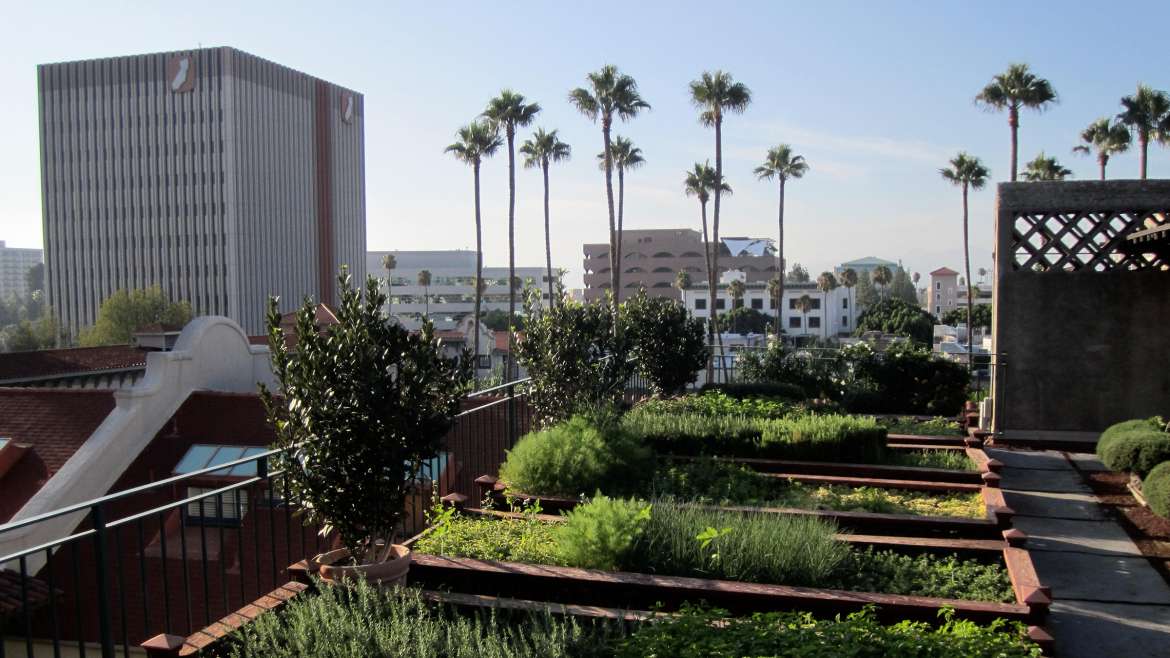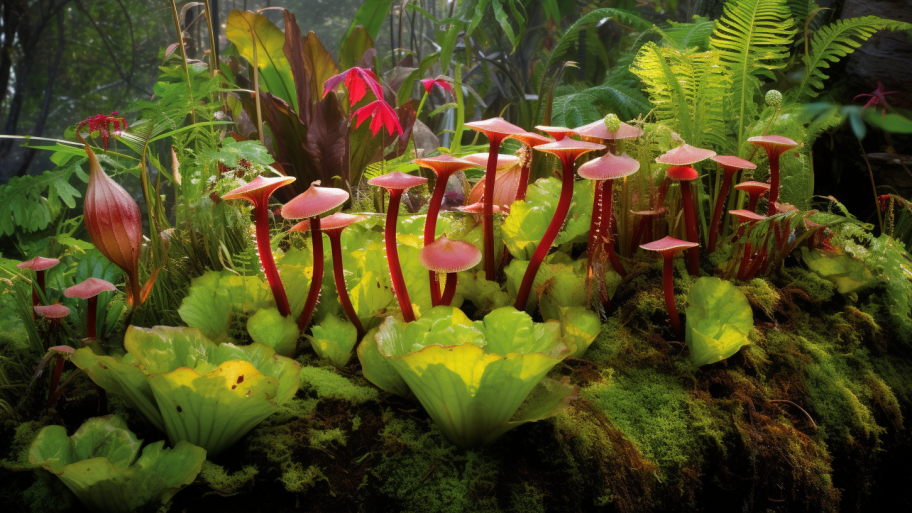Welcome to the world of rooftop gardening, where the sky is the limit! As urban dwellers search for creative ways to transform their unused spaces into lush, productive gardens, rooftop gardening has soared in popularity. Rooftop gardens not only provide a serene escape from city life but also offer environmental benefits such as improved air quality, reduced urban heat island effect, and stormwater management. Additionally, growing your food on your rooftop can promote a healthier lifestyle, save money, and even contribute to local food security. In this article, we’ll explore the basics of creating your very own urban oasis, high above the bustling streets below.
Assessing Your Rooftop Space
Before you start designing your rooftop garden, it’s crucial to evaluate your space and consider factors like weight capacity, sunlight exposure, and wind. Consult with a structural engineer or a professional rooftop gardener to determine if your building can safely support the added weight of plants, soil, containers, and other elements. Ensure you have permission from your building owner or landlord and check local regulations and building codes.
Sunlight exposure is vital for a thriving garden, so observe how sunlight reaches your rooftop throughout the day. Most edible plants require at least 6 hours of direct sunlight. Keep in mind that taller buildings and other structures might cast shadows on your garden. Also, consider the wind factor, as rooftops can be windier than ground-level gardens. You may need windbreaks or screens to protect your plants.
Selecting Appropriate Containers and Growing Medium
Choosing the right containers and growing medium is essential for the success of your rooftop garden. Containers should be lightweight, durable, and have proper drainage. Consider using materials such as plastic, fiberglass, or foam, which are lighter than traditional terracotta or ceramic pots. Also, select containers of various sizes to accommodate different plant types and root systems.
The growing medium you use should be lightweight, well-draining, and able to retain moisture. A high-quality potting mix designed for container gardening is an excellent choice. You can also explore soil-less media, such as coconut coir, perlite, or vermiculite, which provide adequate support and moisture retention without the added weight of soil.
Choosing Suitable Plants for Rooftop Gardens
When selecting plants for your rooftop garden, consider their sunlight and space requirements, as well as their suitability for container growing. Some popular choices for rooftop gardens include:
- Vegetables: Tomatoes, peppers, eggplants, leafy greens, and herbs are great options for edible rooftop gardens. Choose compact or dwarf varieties that are well-suited for container growing.
- Flowers: Add a splash of color to your rooftop garden with flowers like marigolds, petunias, zinnias, or pansies. These plants can also attract pollinators, enhancing the overall health and productivity of your garden.
- Perennials: Choose low-maintenance perennials like lavender, sage, or thyme that can withstand the rooftop’s unique climate conditions.
- Grasses and groundcovers: Plant low-growing grasses and groundcovers to create a lush, green carpet that helps stabilize your growing medium and minimizes water evaporation.
You’re now well on your way to creating a stunning rooftop garden. However, there’s more to learn as you embark on this exciting journey! In our next article, “Elevate Your Green Game: Designing a Rooftop Garden Paradise,” we’ll delve into planning your garden layout, installing the infrastructure, and incorporating essential elements like irrigation and drainage. Head over to the next article and continue your rooftop gardening adventure!




